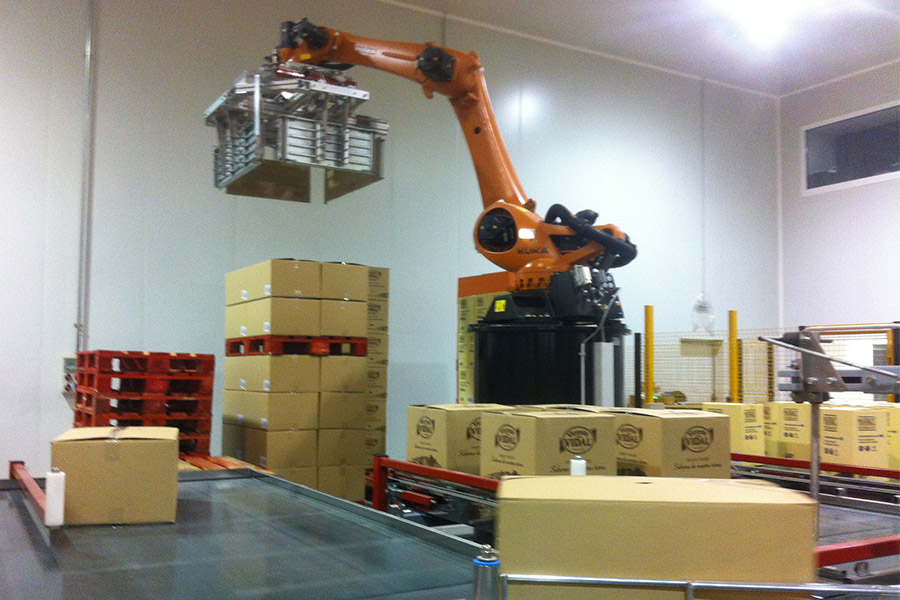There’s definitely a lot to expect in the manufacturing industry, and continuous improvement is part of it. Even factories are in search of ways on how to improve the products made, which showcases the increase in demand for shorter product life cycles.
Some of the new trends in manufacturing include ideas on how to improve the industry, additive manufacturing, and cloud-based system will push it even more.
That said, here are the 5 trends shaping the future of manufacturing logistics.
1. “Uber-ization” of Trucking
As compared to driving a stranger to the airport using a shared car, moving long freight distances by truck is definitely more challenging as you’ll have to ensure that it’s done quickly, safely, and at a very affordable cost.
For that reason, more and more trucking companies are looking for ways on how to improve that, and one of which is through the use of Uber-like apps and services. If you’re interested in creating an app for yourself, you can also consider using the services offered by JD Edwards.
If properly executed and works well with ride-sharing, this can also be helpful even for large-scale commercial shipping.
Customers want to ensure optimum visibility and control of both transportation and inventory in their supply chains. That’s why experts have been doing their best to discover new technologies that could give them the power they need to operate efficiently.
The good thing is, several services are being released in the market and all of which are helping shippers determined if there are available trucks nearby and how to use these to their advantage.
These services are tied to online maps that evaluates the GPS position, and it also updates the shipper regarding the exact arrival time, which also eliminates the issues of price haggling and the use of the phone, paper, and faxes.
These on-demand tracking platforms perform what traditional truck brokers did in the past, but it’s integrated with the features UBER is known for. That is, to bring automation, convenience, and price transparency to consumers while being able to revolutionize a hidebound industry that’s ready for disruption.
Such innovation aims to bring transparency in the market while providing a useful platform that would allow users to determine the prices quickly.
2. Warehouse Robotization
For the past few years, e-commerce has dramatically revolutionized the shopping industry, and how the purchases made are delivered to the customers. However, there are still some issues, including human stock pickers.
For Internet commerce companies, they heavily rely on small armies stock pickers that walk miles daily through massive warehouses to gather goods and ready them for shipping. Even Amazon hired around 80,000 stock pickers, especially during the holidays, and that’s what makes it the ideal target for automation.
Robot pitchers are starting to be part of the logistics and warehouse operations, and it would definitely improve in the following years.
3. Crowdsourcing Will be Used to Getting New Ideas
In manufacturing logistics, crowdsourcing is probably one of the newest and most popular trends. As consumers become more familiar with AR and VR, the demand for new inventors also increases.
This result in companies being open to the idea of crowdsourcing for new campaigns, and better technologies to be used.
That’s not all, it also gives manufacturing a chance to screen the market value of upcoming products before their creation. In simpler terms, a strong crowdsourcing response will definitely have an impact on the success of a company.
4. Augmented Reality and Wearables
Perhaps, the next significant advancement in logistics tech would be augmented reality. These are wearable digital systems that could reinvent the costly and challenging processes in warehouses. A lot of warehouses today utilize a paper-based approach when picking up and stocking items.
This can be somewhat slow and even prone to errors. With the help of augmented reality, it would be easier for systems to do their logistics without much hassle at all.
5. Growth Patterns
With technology, improvement in the manufacturing logistics will no longer be limited exports from Asia to Europe and Asia to North America. Instead, it would have a broader scope and would be more unpredictable, fragmented, and volatile.
Likewise, the economic population growth would be increasingly centered in cities while infrastructure will turn into a significant determinant in terms of growth.

